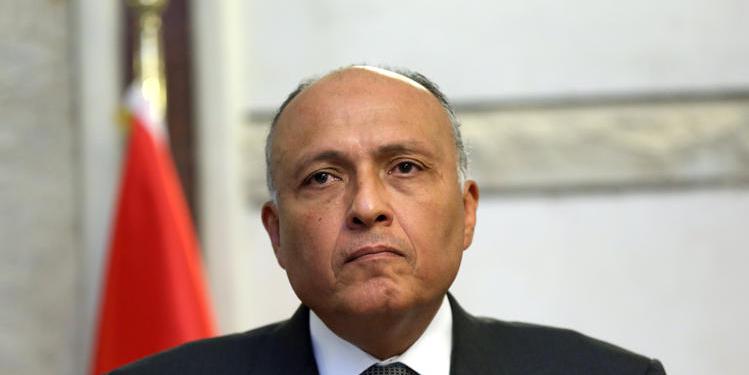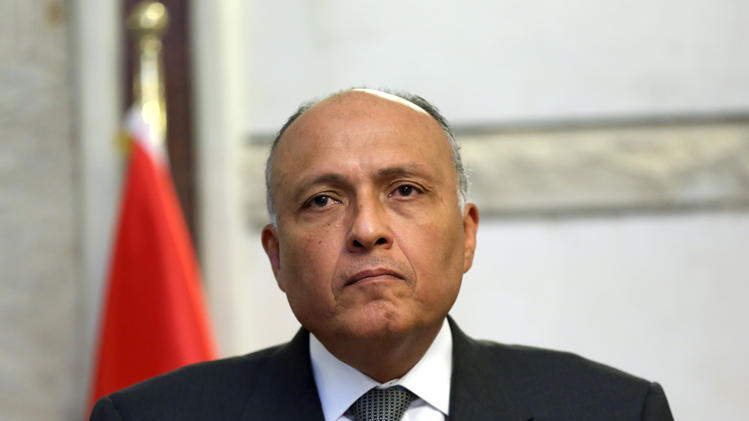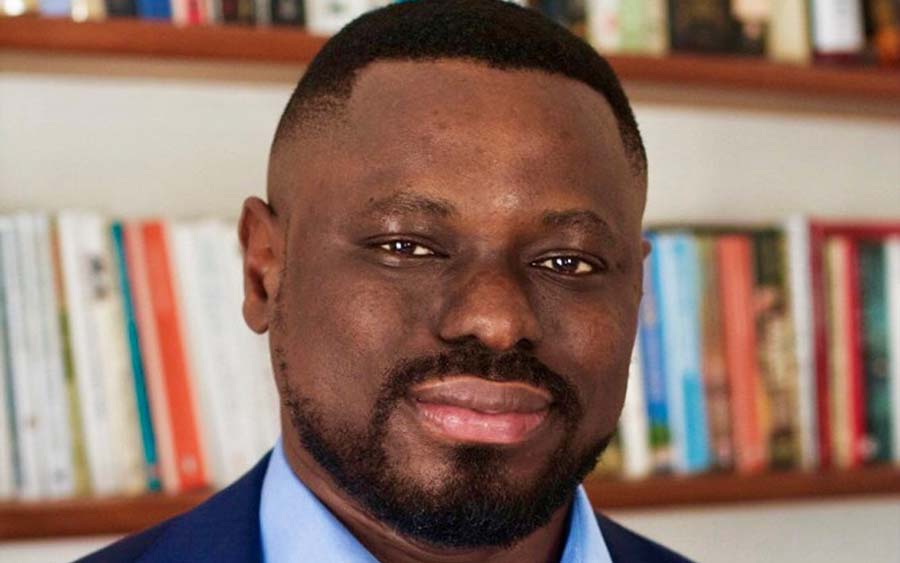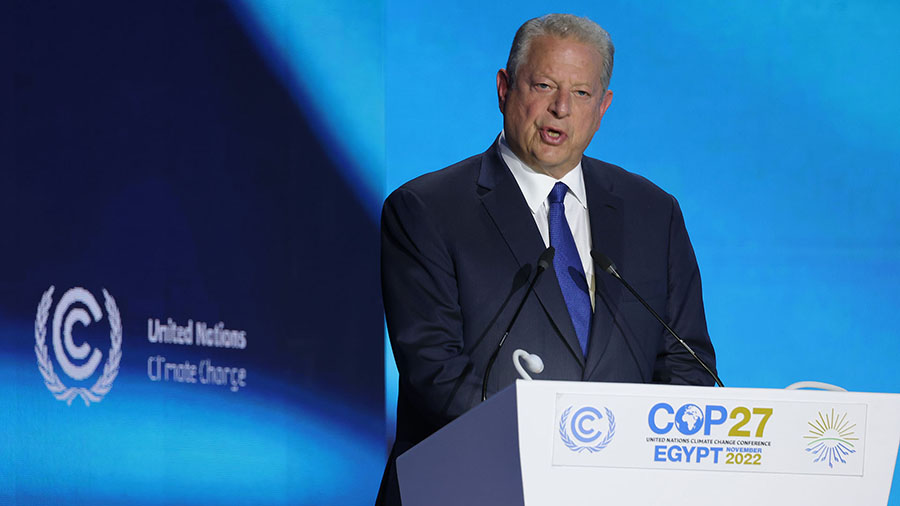Mikko Ollikainen, the head of the Adaptation Fund has said that available funding is far from the needs of developing countries.
He stated this while speaking during a TV interview at the ongoing COP 27 event monitored.
Ollikainen noted that it has become undeniable that climate change is here and we need to adapt to its impacts. Ollikainen said:
- “Currently in terms of finance, we are poorly equipped to do that, our available funding is very far from the needs that developing countries have and that’s what the Adaptation Fund and others are trying to help with and that is why it is such a focus here at COP 27.”
In October 2022, the Adaptation Fund drafted a new five-year strategy called the Medium-Term Strategy (MTS) 2 for 2023-2027. Starting in 2023, the strategy will further build on the Fund’s strategic pillars of Action, Innovation, Learning, and Sharing, with the increased ambition to help meet the adaptation needs of vulnerable countries. The focus of the Fund is on empowering the most climate-vulnerable developing countries.
Country-driven fund: During the interview on COP 27 TV, Ollikainen said the Adaptation Fund is a country-driven fund and countries can have their agencies accredited in order to access resources from the Fund.
According to him, the Fund responds to the needs that countries have identified through their national adaptation plans. This helps to set out country-based priorities and the Fund finances up to 10 different project areas, from agriculture to water resources management. He also highlighted the fact that the Fund, as of two years ago, started funding innovation in adaptation.
Locally led adaptation: Ollikainen said the Fund tries to provide solutions based on locally-led adaptation strategies. According to him, adaptation actions need to be tailored to the economic and social realities of the recipient country. He believes that the local population is important in any case, and with their participation, the Fund can come up with the best and most functioning ways of adapting to the impacts of climate change.
Nigeria’s Adaptation Plan: In the adaptation framework drafted by the Nigerian government in 2020, it is stated that if there are no adaptation implementation plans in Nigeria, it could cost the country between 6% and 30% of its gross domestic product (GDP) by 2050, amounting to between $100 billion and $460 billion. The plan identifies the need for Nigeria to build capacity in the following areas:
- Adaptation governance and coordination for the national adaptation plan process
- Mainstreaming climate change adaptation into national and sectoral policies, projects, and plans
- Development of a funding strategy for adaptation implementation
- Building capacity for monitoring, reviewing, and reporting on the adaptation process.
Why this matters: Climate change adaptation refers to actions that reduce the negative impact of climate change, while taking advantage of potential new opportunities.
- Adaptation in Nigeria means resolving flooding challenges that have currently affected over 30 states in Nigeria.
- It also means equipping Nigerian innovators with the tools and resources they need to scale their adaptation solutions which will help Nigeria actively fight climate change.
- The private sector can also play a key role in financing and implementing adaptation activities as both a response to new business opportunities and the necessity of managing climate risks associated with climate change.


















